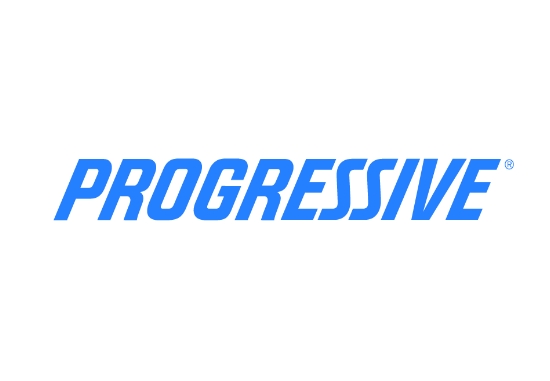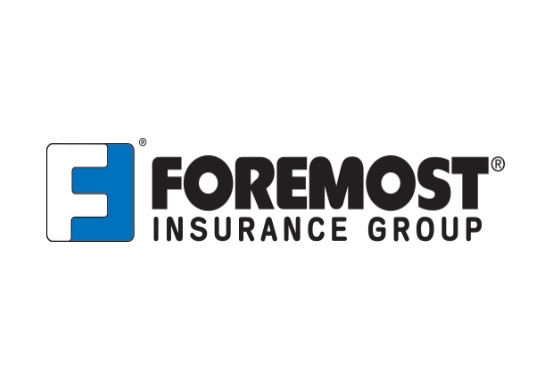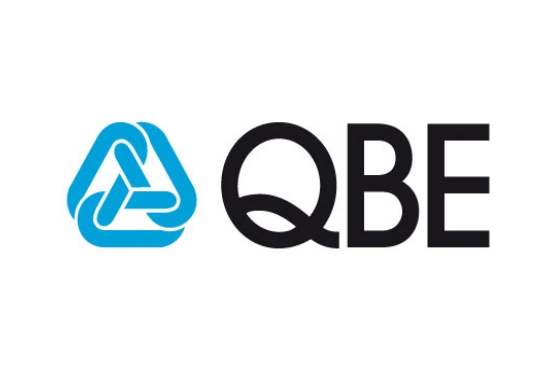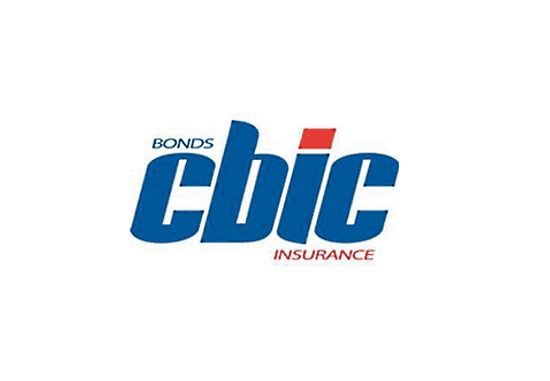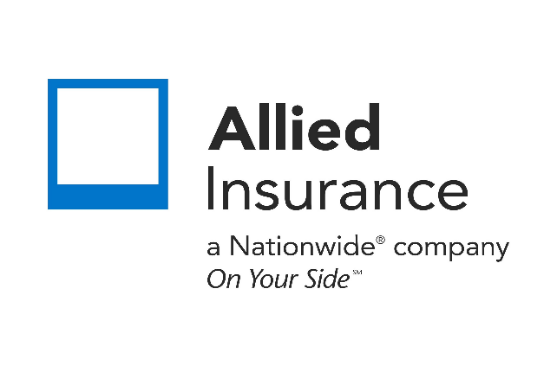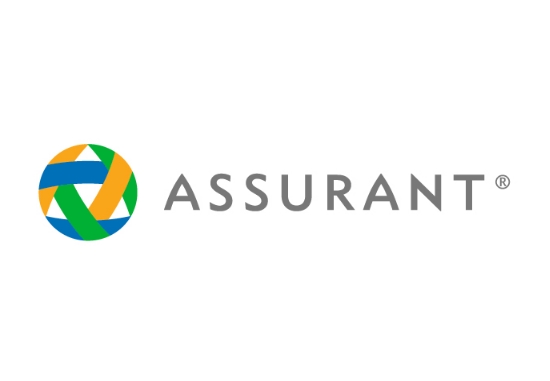1st, 2nd, and 3rd Party Insurance Explained: Understanding Who’s Covered and Why
Insurance policies involve multiple parties, each with distinct roles and responsibilities. Understanding 1st, 2nd, and 3rd party insurance helps policyholders navigate coverage details and legal obligations.
What Do 1st, 2nd, and 3rd Party Mean in Insurance?
| Party | Role | Examples |
|---|---|---|
| 1st Party | Policyholder (you) | Auto insurance, homeowners insurance, health insurance |
| 2nd Party | Insurance provider | Any insurance company that issues policies |
| 3rd Party | Affected individual/entity | Liability claims, lawsuits, medical expenses from accidents |
Each party plays a critical role in the structure of an insurance policy, impacting who receives compensation and who is responsible for payments.
1st Party Insurance: Protection for You
1st party insurance covers the policyholder against losses or damages. If you purchase an insurance policy to protect yourself or your property, you are the 1st party.
Examples of 1st Party Insurance:
✅ Homeowners Insurance – Covers damages to your home from fire, theft, or natural disasters.
✅ Auto Insurance (Collision & Comprehensive) – Pays for repairs to your vehicle after an accident.
✅ Health Insurance – Covers medical expenses for illnesses or injuries.
✅ Disability Insurance – Provides income if you’re unable to work due to a disability.
In simple terms, 1st party insurance pays you when you experience a covered loss.
2nd Party: The Insurance Provider
The 2nd party in an insurance contract is the insurer (insurance company) that issues the policy and assumes financial risk.
How It Works:
- You (1st party) pay premiums to the insurance provider (2nd party).
- If a covered event occurs, the 2nd party compensates you based on policy terms.
For example, if your home suffers storm damage and you file a homeowners insurance claim, the insurance company (2nd party) pays for repairs based on your policy coverage.
3rd Party Insurance: Protection from Liability Claims
3rd party insurance covers claims made against you by another individual or entity (the 3rd party). This type of coverage is essential for protecting you from financial losses due to lawsuits, medical expenses, or property damage caused to others.
Examples of 3rd Party Insurance:
✅ Auto Liability Insurance – Pays for damages if you’re at fault in a car accident.
✅ General Liability Insurance – Covers businesses against lawsuits from customers.
✅ Professional Liability Insurance – Protects professionals (e.g., doctors, lawyers) from malpractice claims.
For example, if you cause a car accident and another driver (3rd party) files a claim for medical expenses, your auto liability insurance covers their costs—not yours.
Key Differences Between 1st, 2nd, and 3rd Party Insurance
| Factor | 1st Party | 2nd Party | 3rd Party |
|---|---|---|---|
| Who is covered? | You (the policyholder) | The insurance company | Someone else affected by your actions |
| Who pays? | The insurer pays you | You pay premiums to the insurer | The insurer pays claims made against you |
| Example | Your homeowners insurance pays for storm damage to your house | The insurance company providing coverage | Your liability insurance covers injuries to another driver in an accident |
Get the Best Coverage for Your Needs
Understanding 1st, 2nd, and 3rd party insurance is crucial to choosing the right protection. Whether you’re securing your home, car, or business, getting the best coverage at the lowest price is essential.
At Toby Hansen Agency, we work with nearly 100 insurance carriers to find you the best rates and coverage—even if other insurers turn you away. With 30+ years of experience, we specialize in matching homeowners, drivers, and business owners with the right policies.
👉 Get a free insurance quote today and save on your coverage!
Related Posts
Get a Right Insurance For You
SHARE THIS ARTICLE
We will compare quotes from trusted carriers for you and provide you with the best offer.
Protecting your future with us
Whatever your needs, give us a call, have you been told you can’t insure your risk, been turned down, or simply unhappy with your current insurance? Since 1995 we’ve been providing coverage to our customers, and helping people across United States.

